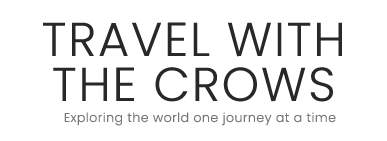Savannah, Georgia seamlessly blends Southern charm, rich history, and a vibrant culture. Located on the banks of the picturesque Savannah River, this captivating destination invites you to step back in time while offering a delightful mix of modern amenities.
Savannah Georgia Destination of the Week PostExploring the unspoiled landscape of the Okavango Delta, we were captivated by its untouched beauty. The Okavango Delta, located in the heart of Botswana, is a haven for wildlife and a sanctuary of unparalleled natural wonders. Spanning over 15,000 square kilometers, this vast oasis is a testament to the beauty and biodiversity of Southern Africa.
Looking for a destination that combines history, culture, and natural beauty? Look no further than Santa Fe! This guide will help you make the most of your visit to this vibrant city.
While France and Italy are two of the most-visited countries in Europe, this doesn’t mean you want to stick out like a sore (foreign) thumb! In this post we describe a few ways you can combat the tacky tourist labels North Americans are often labeled with.
If you’re dreaming of a tropical paradise, Oahu may be just what you’re looking for. With its stunning beaches, lush landscapes, and rich cultural heritage, Oahu offers a unique and unforgettable vacation experience. Here are five reasons why Oahu should be your next vacation destination.
The Republic of Panama may be best known for its iconic canal that connects the Pacific and Atlantic oceans, but that isn’t all there is to see in Panama. In this post, we provide tips for spending three weeks in Panama and enjoying all it has to offer.
Have you ever wanted to sail your way across the Caribbean? Let us walk you through the ins and outs of sailboat charters in the Caribbean.
Thinking about a quick getaway with your friends or significant other to Nashville? We’ve got you covered!
Airfare prices are soaring. Why not plan a summer getaway that lets you explore closer to home without getting on a plane?

